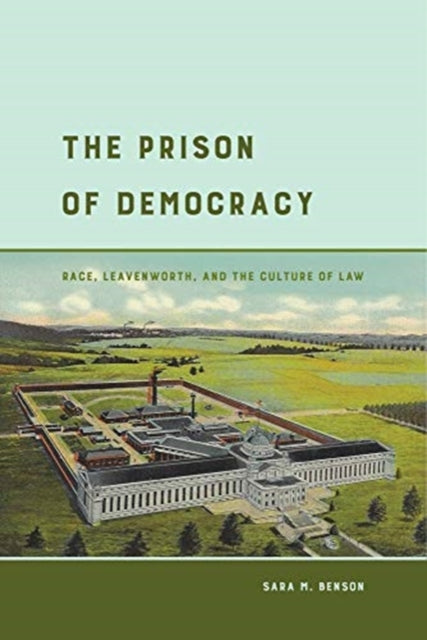
Prison of Democracy
Regulārā cena
€32,00
Vienības cena
/
Nav pieejams
At publication date, a free ebook version of this title will be available through Luminos, University of California Press’s Open Access publishing program. Visit www.luminosoa.org to learn more.
Built in the 1890s at the center of the nation, Leavenworth Federal Penitentiary was designed specifically to be a replica of the US Capitol Building. But why? The Prison of Democracy explains the political significance of a prison built to mimic one of America’s monuments to democracy. Locating Leavenworth in memory, history, and law, the prison geographically sits at the borders of Indian Territory (1825–1854) and Bleeding Kansas (1854–1864), both sites of contestation over slavery and freedom. Author Sara M. Benson argues that Leavenworth reshaped the design of punishment in America by gradually normalizing state-inflicted violence against citizens. Leavenworth’s peculiar architecture illustrates the real roots of mass incarceration—as an explicitly race- and nation-building system that has been ingrained in the very fabric of US history rather than as part of a recent post-war racial history. The book sheds light on the truth of the painful relationship between the carceral state and democracy in the US—a relationship that thrives to this day.  
Built in the 1890s at the center of the nation, Leavenworth Federal Penitentiary was designed specifically to be a replica of the US Capitol Building. But why? The Prison of Democracy explains the political significance of a prison built to mimic one of America’s monuments to democracy. Locating Leavenworth in memory, history, and law, the prison geographically sits at the borders of Indian Territory (1825–1854) and Bleeding Kansas (1854–1864), both sites of contestation over slavery and freedom. Author Sara M. Benson argues that Leavenworth reshaped the design of punishment in America by gradually normalizing state-inflicted violence against citizens. Leavenworth’s peculiar architecture illustrates the real roots of mass incarceration—as an explicitly race- and nation-building system that has been ingrained in the very fabric of US history rather than as part of a recent post-war racial history. The book sheds light on the truth of the painful relationship between the carceral state and democracy in the US—a relationship that thrives to this day.  
Prison of Democracy




